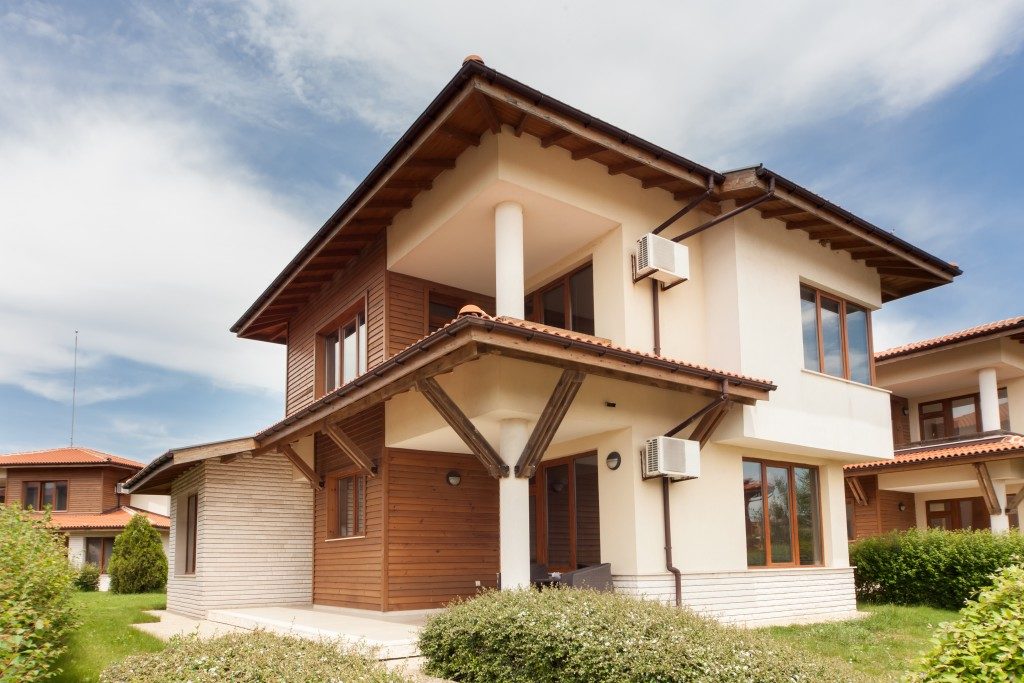If you are a huge fan of beers, there’s a high possibility that you have already tried a wide variety of beers in your favorite pub. Your love for beers most likely familiarized you with the distinct tastes of ales, IPAs, witbiers, lagers, and many more. But have you ever stopped to consider making your own beer?
Making beer is simple. It doesn’t require fancy equipment and hard-to-find ingredients. You don’t even need to own a science lab or a brewery. Just make sure that you have the essential materials, and you’re good to go. Let’s start.
The Basic Steps
There are four basic steps to make beer; preparation, brewing, fermenting and bottling. Before you begin, it’s important to clean and sanitize all the things you’ll use. In most cases, sanitizing isn’t necessary, but it’s recommendable to avoid bacteria.
Preparation
First of all, you need to gather all the things you need to make beer. Put them in one place, so it’s easier for you to find what you need. Also, don’t forget to keep a rug or a clean cloth within your reach if you need to wipe specks of dirt or drops of liquid.
Here are the primary things you’ll need in making beer:
- Kettle for brewing
- Airlock and fermented
- Funnel (not a requirement but might come in handy)
- Sanitizer
- Stir Spoon
- Auto-siphon
- Ingredients or beer recipe kit
Once you’ve gathered the equipment you’ll need, make sure that they are all clean. Wash the equipment with soap and water. Cleaning your equipment is important to not contaminate the beer that you will make.

Brewing
Brewing is probably one of the most exciting parts of making beer. At this point, your kitchen skills will be tested as well as your patience. Check the guideline below on how to brew beer:
- Steep your grains. Fill your brew kettle with 2.5 gallons (ca. 9 l) of water. As you heat the water, steep your grains for about 20 minutes or until the water gets to 170 degrees. In removing grains, allow the water to drip out of the bag into the kettle. Don’t squeeze the bag to prevent extracting tannin, which might add unwanted flavor to your beer.
- Let it boil. As you wait for the water to boil, you may opt to add Citra hops for additional flavor and aroma. You can add them before the water boil, while it’s boiling, or at the end of the boil.Putting hops before the boil will produce bitterness; adding hops while the water is boiling will enhance the flavor, and putting hops after boiling will create an aroma. You have the option to add hops according to your preference.
- The wort. After the boiling process, you now have wort, also known as water sugar. Cooling the wort as fast as possible is important. Quickly cooling it will you attain a clear and better-looking brew, making your beer mouthwatering to look at. There are two ways to cool your wort:The first way is called an ice bath. Put the pot in a bucket filled with ice and give it a few minutes to cool down. The second way is by using a wort chiller. It’s the fastest way to cool wort, but an ice bath can also give you the same results.
Fermenting
Once your wort has cooled down, pour it into the fermenter. Some types of kettles come with valves for easy transferring of liquid from kettle to fermenter. It’s not a big deal if your kettle doesn’t have a valve. You can manually transfer wort.
After putting wort into the fermenter, add water to bring the level to 5 gallons. After this, splash wort in the container, allowing it to get oxygen, which the yeast needs. Next, pour the yeast into the container and seal the fermenter. For better results, add a fermenter lock, store the fermenter in a dark and cool place. Make sure that the temperature stays at 68 degrees.
Bottling
Fermentation usually takes two weeks to finish. At this point, you can start bottling and packing your beer. Before transferring the beer into the bottle, make sure that your bottles are clean. And to make things easier, you can use a funnel.
Transfer your beer from the fermenter into the bottling bucket. If you have a hose, attach it to the bottle filler and the bottling bucket spigot. You can fill the bottle to the top as removing the bottle filler will leave the needed space at the top of the bottle.
Store your beer bottles at room temperature for another two weeks to achieve the flavor that you want. Storing them for a few more days will allow the beer to carbonate, giving you a flavorful beverage.
Lastly, put them in the fridge, and once they’re cold enough, you can start drinking your beers as you watch your favorite movies at home.



